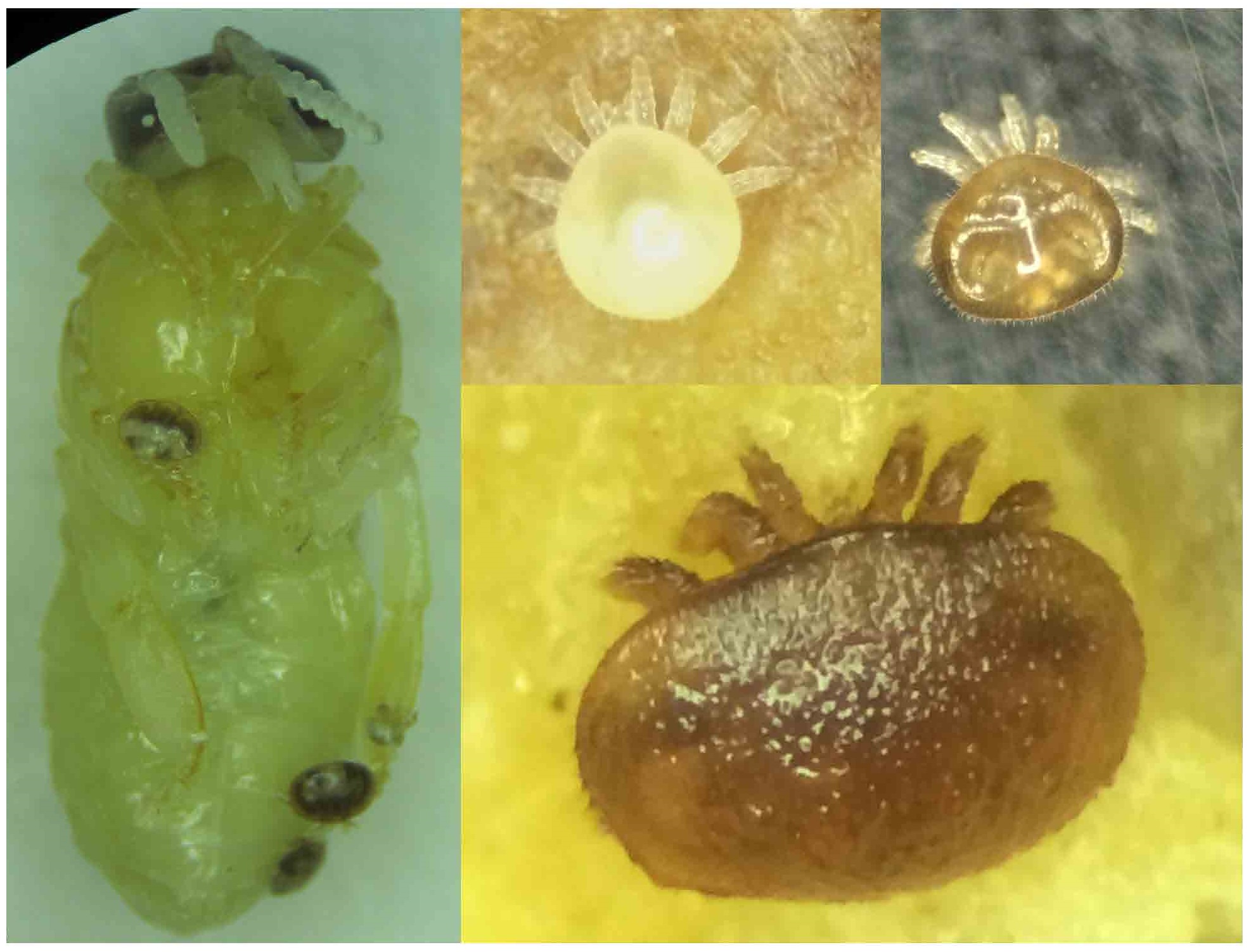Luckily, it is the less virulent Japanese
type of varroan mite in Taiwan
Bees are already essential to people both in honey
production and pollination efficiency. However, colony collapse
disorder (CCD) has considerably reduced bee, Apis mellifera, worldwide. The parasitic mite of Varroa destructor is the major one amongst the CCD causing factors. In total of 27 V. destructor haplotypes, only Japanand Russia-related types could reproduce in A. mellifera; type R can infects more A. mellifera
colonies and can induce a more severe damage than type J. Therefore, to
prevent the invasion risks of type R is crucial for bee industry. In
Taiwan, all varroans obtained from A. mellifera
were identical belonging to the less virulent type J, which might
explain why no CCD has not been recorded in Taiwan. Moreover, one newly
found type T (Taiwan) in populations of Apis cerana
is intermediate between types J and R, offering a possibility for
studying the mechanism of virulence transformation between these two
haplotypes.




Parasite mites on bee pupa (Left); Adult male and deutonymph of mite (Upper-Right); Adult female (Lower-Right).
Read the full article, published by Zoological
Studies, here
Follow Zoological Studies on
Twitter @ZooStudies
and Facebook
